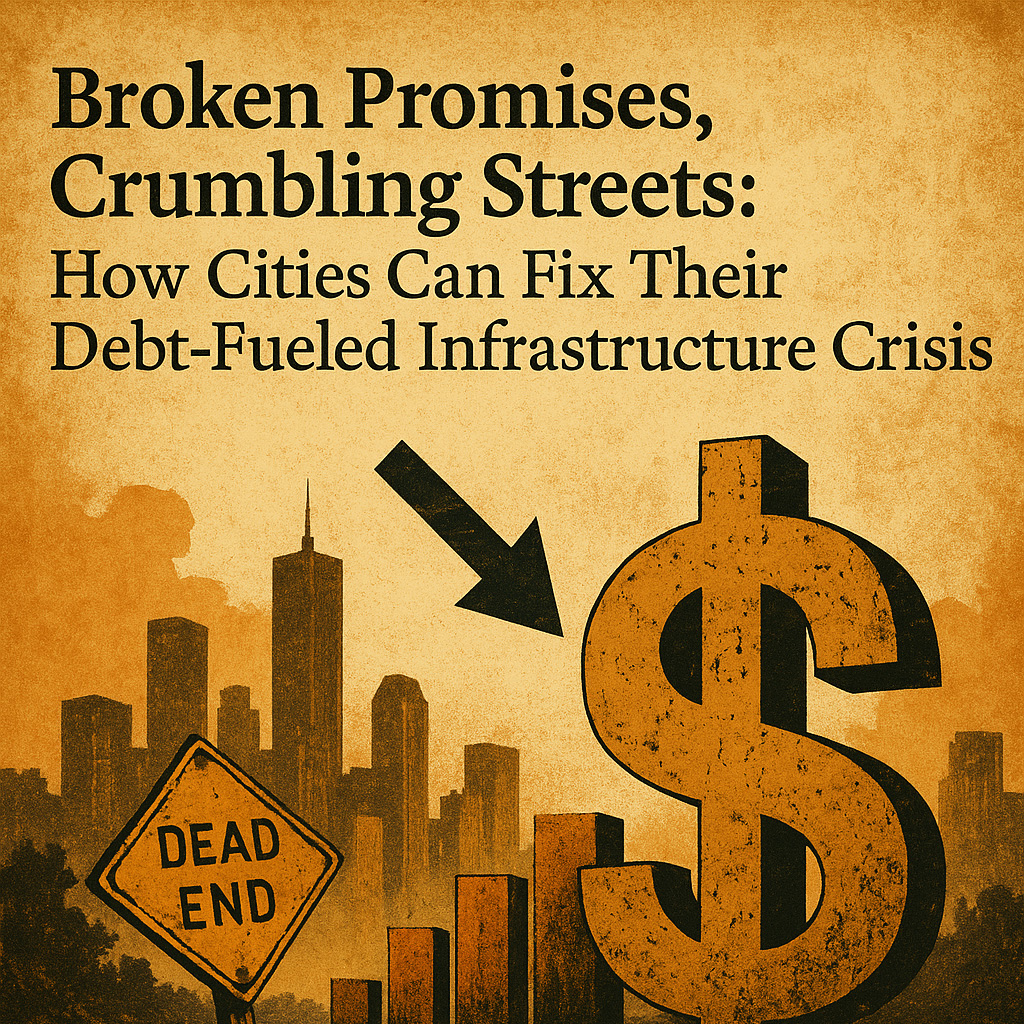Travis County’s Public Improvement District Policy Update
The 2024 update on Travis County’s Public Improvement District Policy has brought about significant changes to the local community. This update reflects the ongoing efforts of the Travis County government to adapt policies in response to the evolving needs of the local community. The adjustments made in the public improvement district policy are aimed at addressing various aspects that impact homeownership, rental market dynamics, and overall community development.
Travis County Government: “We are committed to ensuring that our policies align with the changing needs of our residents and contribute to a thriving local community.”
Impact of the Policy Update
Lifting of the Moratorium
The lifting of the moratorium on public improvement districts marks a significant shift in the local district improvement landscape. This change opens up opportunities for further development and enhancement within Travis County. With the moratorium lifted, there is potential for increased investment in infrastructure, public facilities, and services that can benefit the community at large.
Updated Policies
The updated policies regarding public improvement districts have brought about noteworthy implications for homeownership and the rental market. These changes aim to streamline processes, enhance transparency, and provide a framework for sustainable growth within the community development district. As a result, both current and prospective homeowners as well as renters can expect to see adjustments in how public improvement projects are initiated and managed within Travis County.
Implications on Homeownership and Rental Market
Financial Impact
The policy update has significant financial implications for both homeowners and renters within Travis County. With the lifting of the moratorium on public improvement districts, there is a potential for increased property development and infrastructure enhancement. This could lead to changes in property values, taxes, and overall housing costs. Homeowners may experience fluctuations in property assessments and tax obligations as a result of the updated policies. On the other hand, renters may encounter adjustments in rental rates due to the evolving landscape of property development and management.
Community Response
The community’s response to the policy update has been varied. While some residents are optimistic about the potential improvements and developments that may arise from the updated policies, others have expressed concerns about the financial implications and changes in their neighborhoods. There is a mixed sentiment regarding how these policy adjustments will impact housing affordability, community dynamics, and overall residential experiences.
Financial Aspects and Community Response
The 2024 update on Travis County’s Public Improvement District Policy has brought about significant economic implications for the community. With the lifting of the moratorium on public improvement districts, there is a potential for increased economic activity within the county. This change opens up opportunities for property development, infrastructure enhancement, and public facility investment, which can contribute to economic growth and job creation.
The public perception of the policy update varies among residents within Travis County. While some view the updated policies as a positive step towards community development and improvement, others have expressed concerns regarding the potential impact on housing affordability and neighborhood dynamics. The varied public perception underscores the importance of engaging with local government and county authorities to address community concerns and ensure that policy adjustments align with the needs of all residents.
Future Developments and Commissioners’ Perspectives
Anticipated Changes
As a result of the policy update, there are anticipated changes within the district bounds that are expected to have a significant impact on the local community. These changes may encompass a wide range of developments, including infrastructure enhancements, public facility investments, and potential expansions in residential and commercial areas. The lifting of the moratorium on public improvement districts paves the way for new projects and initiatives aimed at fostering community growth and addressing evolving societal needs.
Commissioners’ Insights
Commissioner Brigid Shea: “We are doing something very significant with the way we’ve structured this policy in that we are doing very creative things to try and assure that the homes that we’re helping provide financing tools to build will remain in homeownership and not be lost into the rental world,” Commissioner Brigid Shea said. “Hopefully this will start to make a dent in the crisis that we’re hearing so much about—the lack of availability of homes for people to buy for homeownership.”
Understanding Travis County’s Public Improvement District Policy Update
The 2024 revision of the Travis County Public Improvement District Policy holds significant implications for the local community. The adjustments made by the Travis County government reflect a commitment to addressing the evolving needs of residents and fostering sustainable development within the county.
The lifting of the moratorium on public improvement districts signifies a pivotal shift in the county’s approach to community development. This change opens doors for increased investment in infrastructure, public facilities, and services, contributing to overall community enhancement.
The updated policies surrounding public improvement districts bring about notable implications for homeownership and the rental market. These changes aim to streamline processes, enhance transparency, and provide a framework for sustainable growth within the community development district. As a result, both current and prospective homeowners as well as renters can anticipate adjustments in how public improvement projects are initiated and managed within Travis County.
Financially, these policy updates hold substantial implications for both homeowners and renters within Travis County. With the lifting of the moratorium on public improvement districts, there is potential for increased property development and infrastructure enhancement, leading to changes in property values, taxes, housing costs, and rental rates.
The response from the community regarding this policy update has been varied. While some residents are optimistic about potential improvements and developments arising from these changes, others have expressed concerns about financial implications and changes in their neighborhoods.
In conclusion, it is evident that the 2024 update on Travis County’s Public Improvement District Policy brings far-reaching implications for homeownership, rental markets, economic activity, and community dynamics. It underscores the importance of engaging with local government authorities to ensure that policy adjustments align with the diverse needs of all residents within Travis County.
At Front Line Advisory Group, we are pioneers in Capital Improvement Bond Management, leveraging unparalleled expertise and deep industry insights. Our mission extends beyond consultation – we empower our clients to realize the full potential of their investments, ensuring tax dollars are put to maximum use through astute Program Management Consulting. For more information or to commence your journey towards transformative bond management, reach out to us at info@frontlineadvisorygroup.com
Reference:
Travis County lifts moratorium, updates policy for public improvement districts













